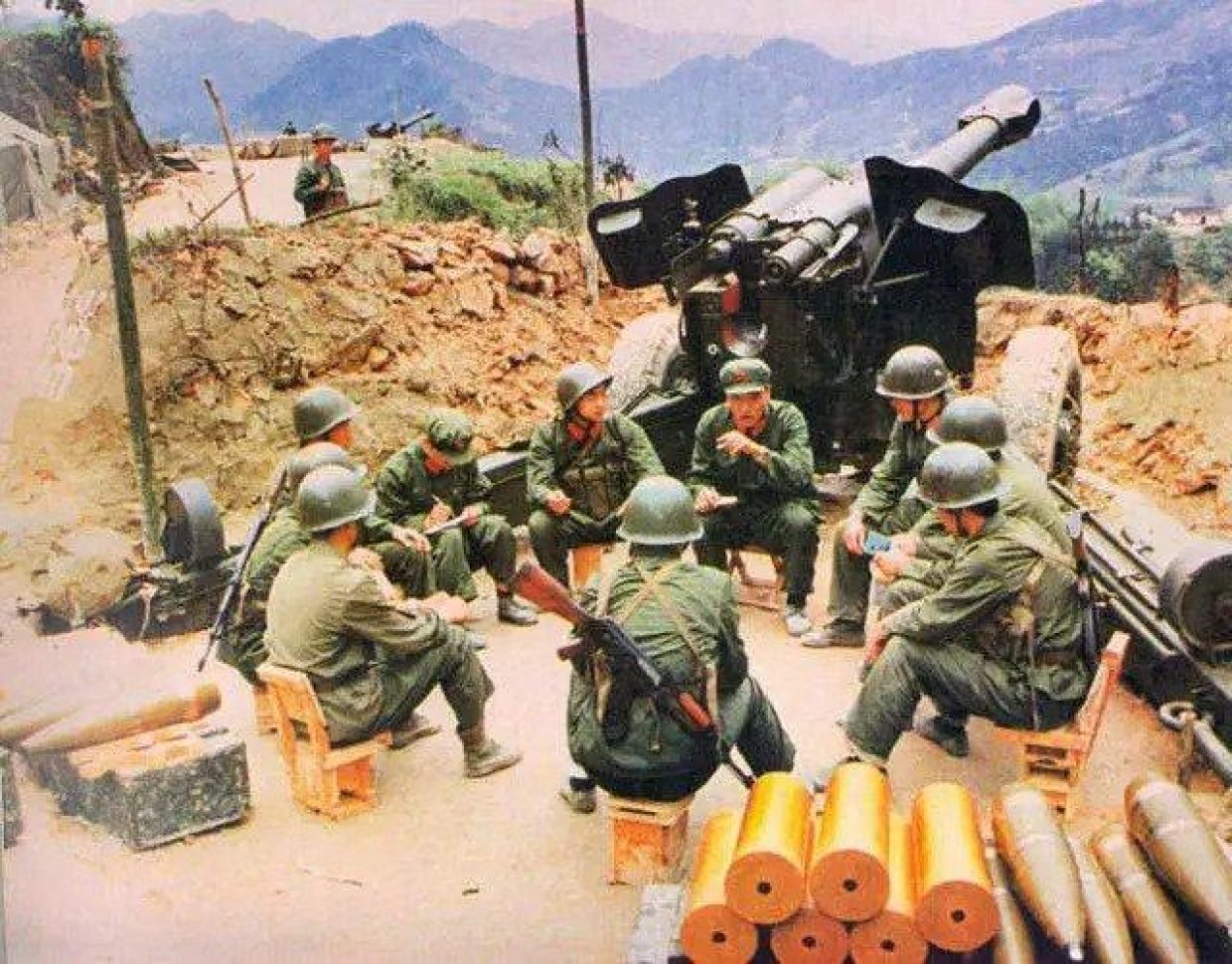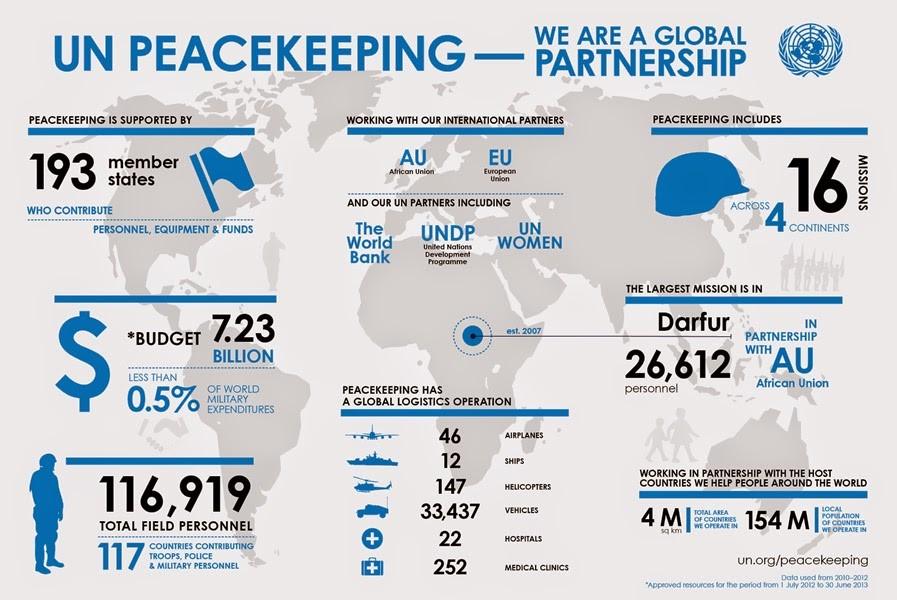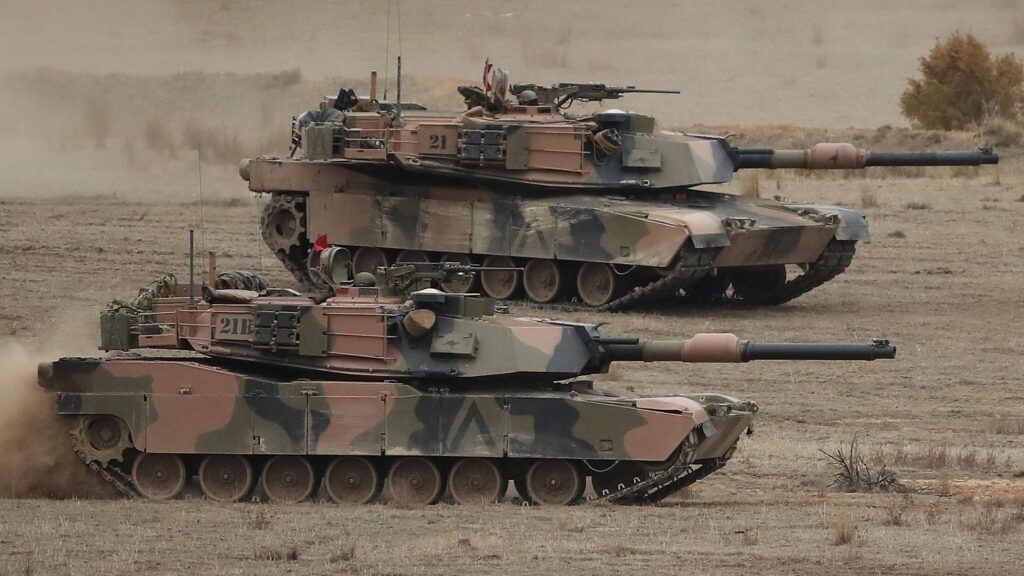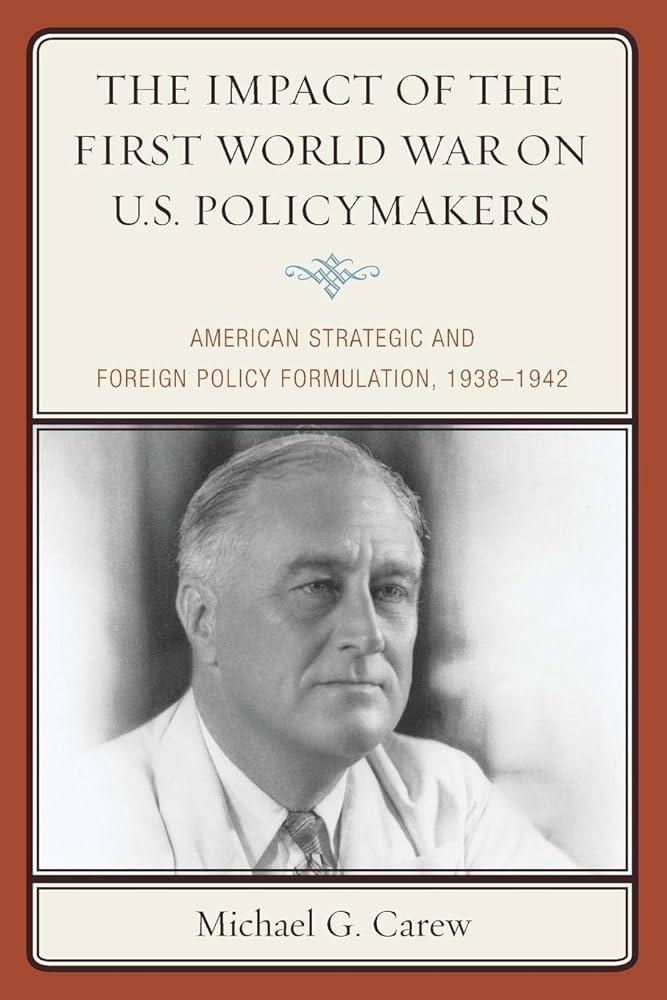The Sino-Vietnamese War, though brief, marked a significant chapter in the complex history of Southeast Asia and its relations with its powerful neighbor, China. This conflict, which erupted in 1979, was rooted in deep-seated political tensions, historical grievances, and shifting regional alliances. Understanding the causes, the nature of the conflict, and its far-reaching consequences provides valuable insight into the geopolitical dynamics of the Cold War era and the ongoing challenges faced by both nations. In this article, we’ll delve into the origins of the war, unravel the key events that defined the struggle, and explore the lasting impact it had on Sino-Vietnamese relations and regional stability.
Table of Contents
- Origins of Tensions Between China and Vietnam Leading to the 1979 Conflict
- Strategic Military Maneuvers and Key Battles During the Sino-Vietnamese War
- Analyzing the Political and Economic Fallout from the War for Both Nations
- Lessons Learned and Policy Recommendations for Future Sino-Vietnamese Relations
- Future Outlook
Origins of Tensions Between China and Vietnam Leading to the 1979 Conflict
The roots of the 1979 Sino-Vietnamese conflict are deeply embedded in decades of geopolitical rivalry, ideological divergence, and territorial disputes. After the end of the Vietnam War, the uneasy alliance between China and Vietnam began to unravel as Hanoi aligned more closely with the Soviet Union, challenging Beijing’s regional influence. This shift was compounded by historical mistrust stemming from border ambiguities along their 1,280-kilometer frontier, where both nations held competing claims. The situation deteriorated further as Vietnam’s invasion of Cambodia in late 1978, which toppled the Chinese-backed Khmer Rouge regime, was perceived by Beijing as a direct threat to its strategic interests and prestige in Southeast Asia.
Underlying these overt political tensions were broader issues that fanned the flames of conflict:
- Historical animosities dating back over a millennium, where centuries of Chinese domination left a legacy of Vietnamese resistance and self-assertion.
- Ideological clashes fueled by divergent socialist paths—China’s pivot to Maoist policies versus Vietnam’s Soviet-oriented approach.
- Economic competition over natural resources and regional dominance, with both countries vying for control over the South China Sea’s rich maritime zones.
These interconnected factors created a volatile mix, ultimately culminating in the brief but intense military confrontation of early 1979.
Strategic Military Maneuvers and Key Battles During the Sino-Vietnamese War
During the brief but intense Sino-Vietnamese War in 1979, both sides employed a series of strategic maneuvers that highlighted the complexity and brutal nature of the conflict. China launched a multi-pronged invasion across the northern border, aiming to punish Vietnam for its incursion into Cambodia and to weaken its military capabilities. The Chinese People’s Liberation Army (PLA) utilized a combination of rapid infantry advances, artillery bombardments, and armored assaults focused primarily on key border towns such as Lạng Sơn, Cao Bằng, and Lào Cai. Meanwhile, Vietnamese forces, though initially caught off guard, executed well-coordinated defensive tactics, including the use of fortified positions, guerrilla-style ambushes, and strategic withdrawals to conserve strength for counterattacks. These movements underscored Vietnam’s commitment to defending its sovereignty and demonstrated remarkable resilience against a numerically superior force.
Key battles during the conflict revealed the intense clash of military doctrines and highlighted the war’s harsh realities. The Battle of Lạng Sơn became emblematic of the high stakes involved, with fierce urban combat and persistent counterattacks that stalled Chinese advances and inflicted significant PLA casualties. Other notable engagements included the defense of Cao Bằng, where Vietnamese troops leveraged their knowledge of rugged terrain to conduct ambushes and disrupt Chinese supply lines. The war’s tactical engagements were punctuated by brutal close-quarter fighting, artillery duels, and the strategic destruction of critical infrastructure. The conflict also exposed logistical challenges faced by both armies, such as troop fatigue and stretched supply chains, which ultimately contributed to the decision of China to withdraw after approximately one month of hostilities.
- Chinese strategic focus: Rapid territorial gains and punitive actions against Vietnamese border towns
- Vietnamese defensive tactics: Guerrilla warfare, strategic retreats, and fortified urban defense
- Battle impact: High casualties, disruption of supply routes, and testing of military endurance on both sides
Analyzing the Political and Economic Fallout from the War for Both Nations
The aftermath of the conflict left deep scars in the political landscapes of both China and Vietnam. For China, the war exposed vulnerabilities within its military strategies and challenged the image of unassailable strength the government sought to project. Internally, it spurred a reevaluation of military readiness and border security policies, while also intensifying political debates about foreign policy and regional ambitions. In Vietnam, despite claiming victory, the war drained resources and heightened domestic tensions. The government faced increased pressure to balance nationalist pride with pragmatic governance, especially as it navigated fraught relationships with neighboring countries and the Soviet Union.
Economically, both nations grappled with significant setbacks that shaped their development paths for years to come. Key economic consequences included:
- Disrupted trade routes which impacted border regions heavily reliant on cross-border commerce.
- Increased military expenditure that diverted funds from crucial infrastructure and social programs.
- Heightened economic isolation internationally, particularly for Vietnam, which suffered from prolonged sanctions and strained alliances.
These factors collectively contributed to a period of caution and recalibration, influencing not only bilateral relations but also the broader geopolitical dynamics in Southeast Asia for decades after the conflict ended.
Lessons Learned and Policy Recommendations for Future Sino-Vietnamese Relations
Reflecting on the turbulent history of Sino-Vietnamese relations, several crucial lessons come to the forefront. First, the importance of open and continuous diplomatic dialogue cannot be overstated; misunderstandings and unresolved disputes have historically escalated tensions into outright conflict. Additionally, the war highlighted how deeply intertwined national sovereignty and historical grievances are in shaping foreign policy decisions. Recognizing these sensitivities is vital for building mutual respect. Equally critical is the need for comprehensive communication channels, both formal and informal, to facilitate trust-building and prevent future confrontations born from misperceptions or nationalist rhetoric.
Moving forward, policy recommendations for fostering a stable and peaceful bilateral relationship include:
- Strengthening multilateral cooperation: Engaging in regional frameworks and joint economic projects can help build interdependence and shared interests.
- Promoting cultural and educational exchanges: People-to-people diplomacy encourages empathy and counters entrenched biases.
- Establishing clear conflict resolution mechanisms: Early warning systems and agreed dispute settlement procedures reduce the risk of clashes.
- Respecting each other’s core national interests: Acknowledging sovereignty issues, especially related to border and maritime claims, is paramount for long-term peace.
By embedding these principles into future strategies, both nations can hope to transform a legacy marked by conflict into a foundation for cooperation and regional stability.
Future Outlook
In conclusion, the Sino-Vietnamese War stands as a significant yet often overlooked conflict that reshaped the geopolitical landscape of Southeast Asia. Understanding the complex causes—from ideological clashes to territorial disputes—provides crucial insight into the motivations behind the brief but intense warfare. The conflict’s consequences extended beyond the battlefield, influencing diplomatic relations, military strategies, and regional alignments for years to come. By examining this pivotal moment in history, we gain a clearer perspective on how national interests and historical grievances continue to shape the dynamics between neighboring states today.












